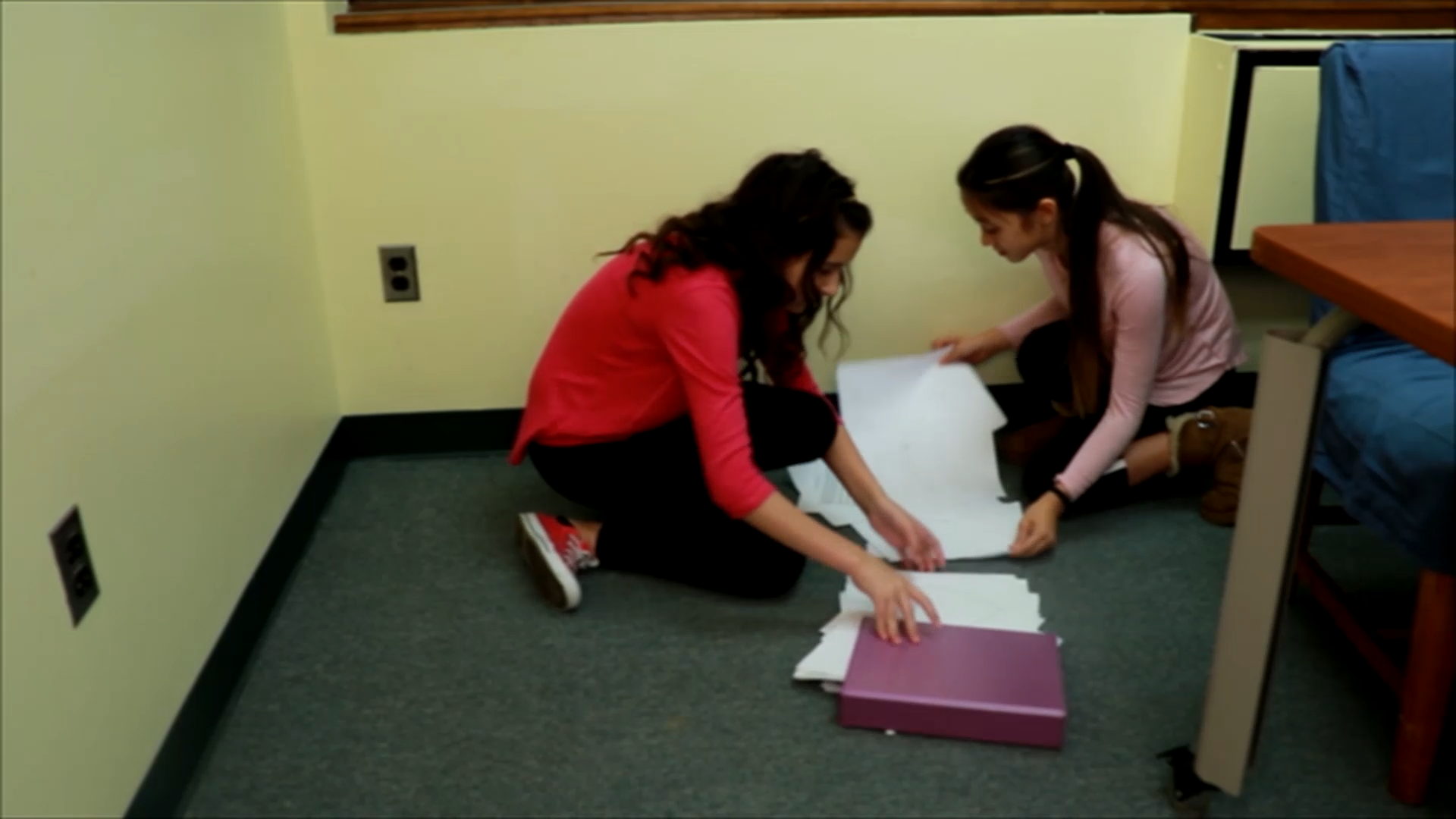
Introduction
Apologizing is an essential social skill that helps maintain positive relationships and fosters empathy. Teaching students how to apologize effectively can strengthen their social-emotional learning and improve their communication skills. In this blog post, we will explore a no-prep activity that educators can use to teach apology skills, as well as related skills and discussion questions to enhance the learning experience.
No-Prep Activity: The Apology Role-Play
This activity requires no preparation or materials, making it simple for educators to implement in the classroom. Here’s how it works:
- Divide students into pairs, assigning one student as “Person A” and the other as “Person B.”
- Present a scenario where Person A accidentally causes a problem (e.g., knocking over Person B’s project).
- Ask Person A to practice apologizing using the following steps:
- Look at Person B.
- Explain how they were feeling at the time of the incident.
- Use a sincere tone of voice to say sorry.
- Offer to help make the situation right (e.g., help clean up the mess).
- Have Person B practice accepting the apology using the following steps:
- Listen to Person A’s apology.
- Express understanding of Person A’s feelings.
- Accept the apology in a kind and sincere manner.
- After the role-play, ask students to switch roles and repeat the activity with a new scenario.
Discussion Questions
After completing the activity, engage students in a group discussion using the following questions:
- Why is it important to look at the person when apologizing?
- How does explaining your feelings during an apology help the other person understand your perspective?
- What are some examples of how you can make amends or help fix a situation after apologizing?
- How did it feel to practice apologizing and accepting apologies during the activity?
Related Skills
Beyond apologizing, there are other social-emotional learning skills that can be taught to elementary students, such as:
- Active listening: Teaching students to listen attentively and respond appropriately to others during conversations.
- Empathy: Encouraging students to understand and share the feelings of others.
- Conflict resolution: Helping students learn how to identify, address, and resolve conflicts in a constructive manner.
- Emotion regulation: Guiding students in recognizing and managing their emotions effectively.
Next Steps
If you found this activity helpful and would like to explore more resources for teaching social-emotional learning skills, we encourage you to sign up for free samples of our materials. These resources can help you effectively teach and reinforce essential social skills in your classroom. Don’t miss this opportunity to enhance your students’ social-emotional learning journey!

